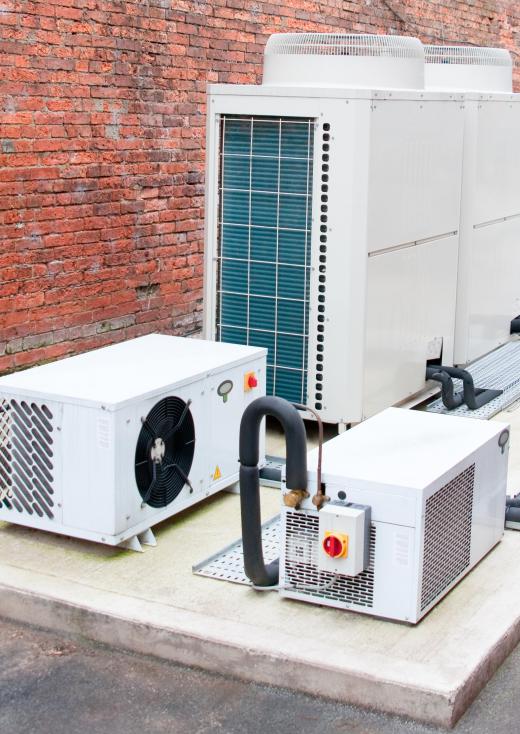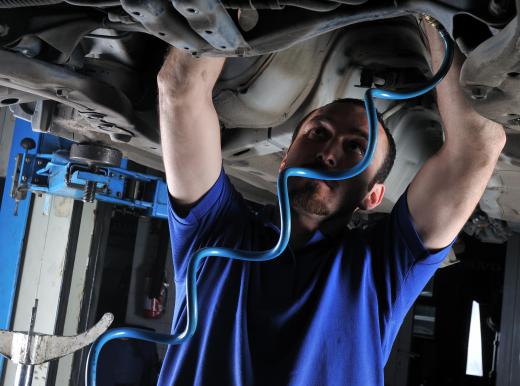A reciprocating compressor is a machine that makes use of an internal mechanism to compress a gas by means of positive displacement. These machines typically consist of a crankshaft driven piston in a closed cylinder equipped with intake and outlet valves. The compressor functions by drawing gas into the cylinder, compressing it, and sending it out into a holding tank or supply line. This cycle is repeated continuously producing a constant supply of compressed gas. The reciprocating compressor is generally electrically or engine driven and available in a range of sizes and designs for use in a wide variety of industrial and domestic applications.
The term reciprocating refers to any repeated back and forward or up and down motion, and in this case applies to the repeated cycle the compressors piston follows. Positive displacement is the process of taking a set quantity of a fluid or gas and displacing or forcing it into an outlet or discharge line. A piston type reciprocating compressor functions by drawing a body of gas through an intake valve during the piston down-stroke and compressing it on the up stroke. When the piston reaches the top of the up-stroke, an outlet valve opens allowing the compressed gas to exit the cylinder into the supply line. This process is repeated constantly, thereby producing a steady supply of compressed gas.

Reciprocating compressors are usually driven by electric motors or gasoline and diesel powered engines. Smaller do-it-yourself (DIY) versions and commercial units installed in factories or plants are typically electrically operated while those designed for mobile use are engine driven. Large industrial compressors may feature multiple cylinder designs and often include the option of utilizing any number of those cylinders depending on demand. Small domestic models typically have only one cylinder which feeds compressed air to a storage tank or directly into the supply hose.

These machines are used to compress a variety of gasses which include air, hydrogen, oxygen, refrigerants, and hydrocarbons. The gasses they compress may be fed directly to another part of the process or into a storage tank for later use. Air compressors are generally used to drive pneumatic tools or equipment while other gasses are compressed as part of an industrial process such as air conditioning, chemical production, and crude oil refinement. The reciprocating compressor is typically utilized where high compression ratios are required with fairly low flow rates. The use of a reciprocating compressor is usually restricted to applications where the gasses involved hold very little moisture.
